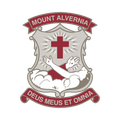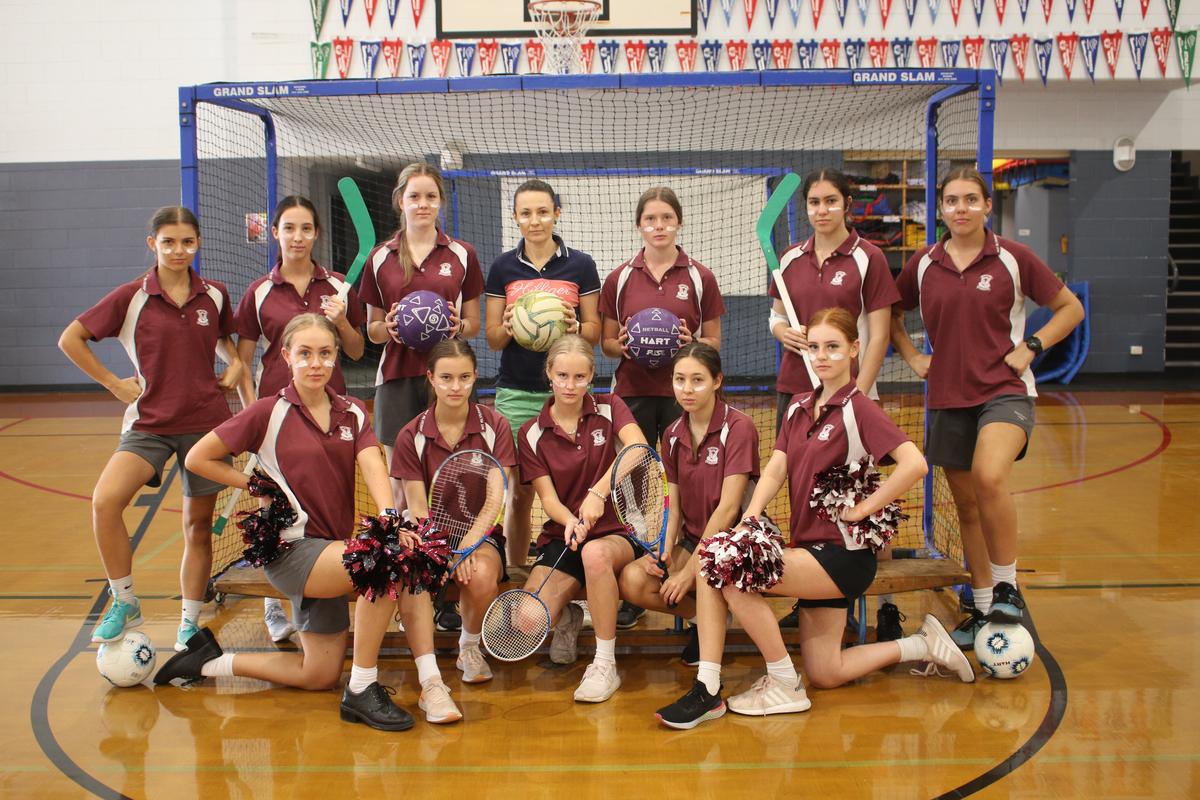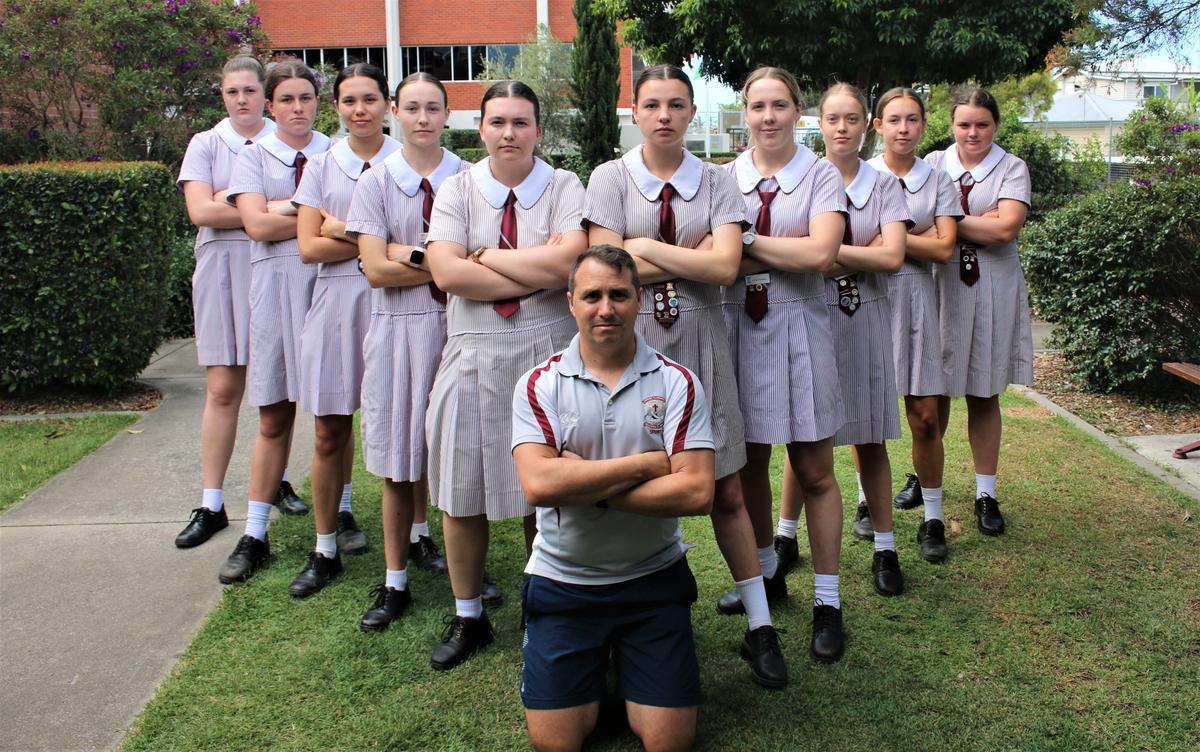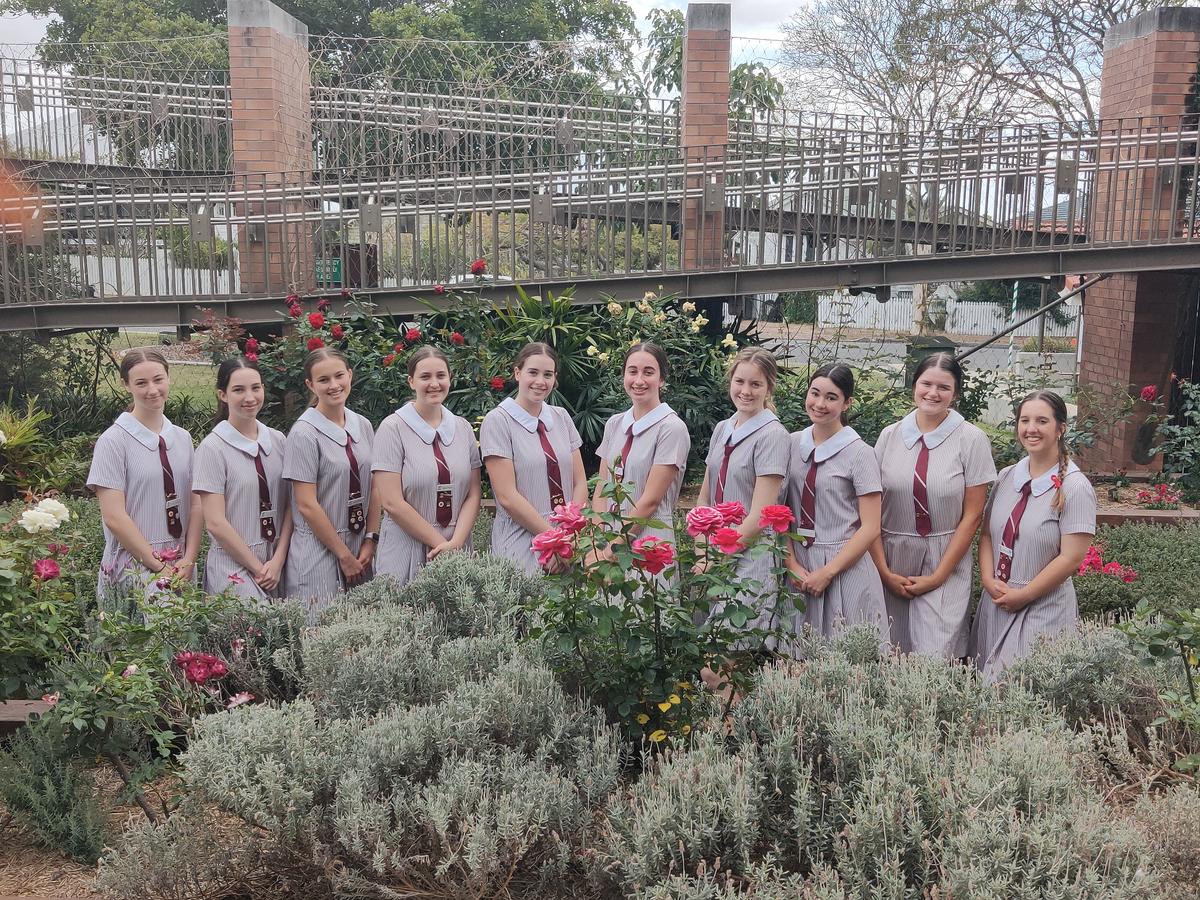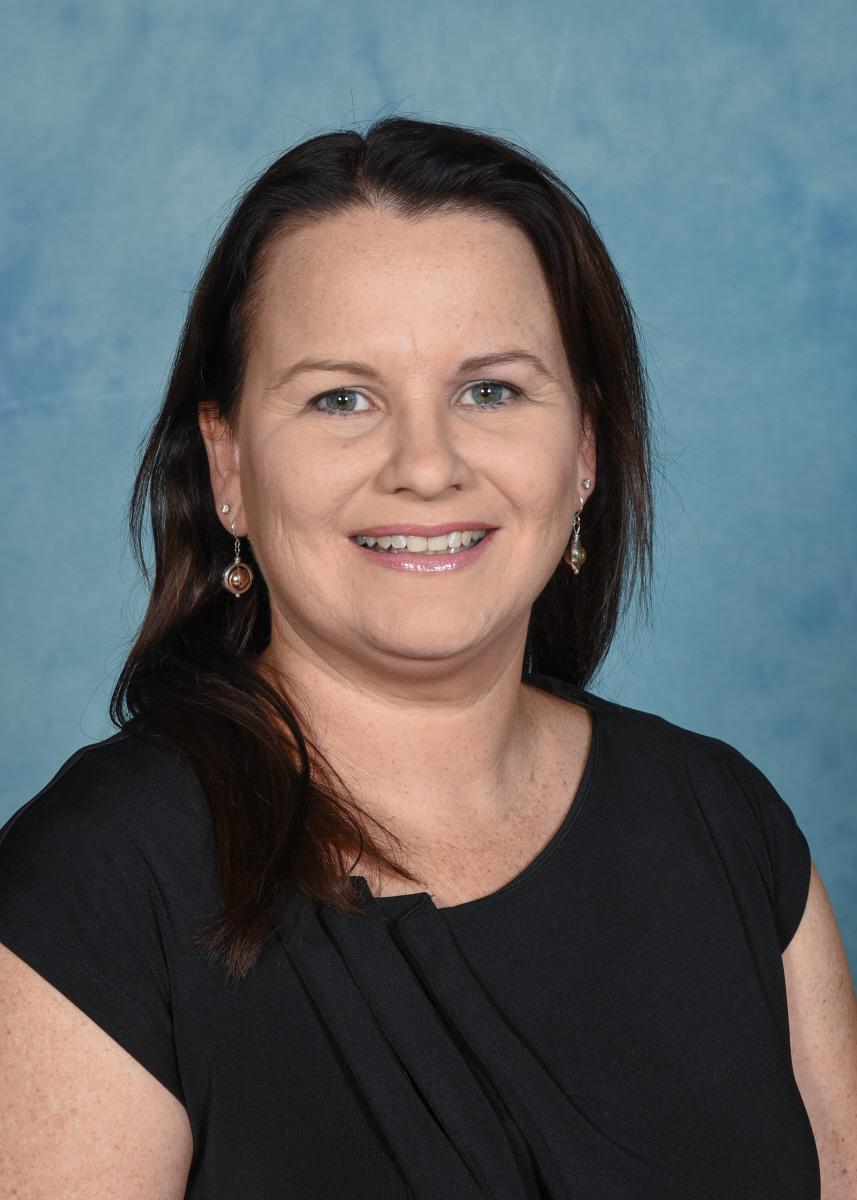Learning Area Advisor - Heatlh
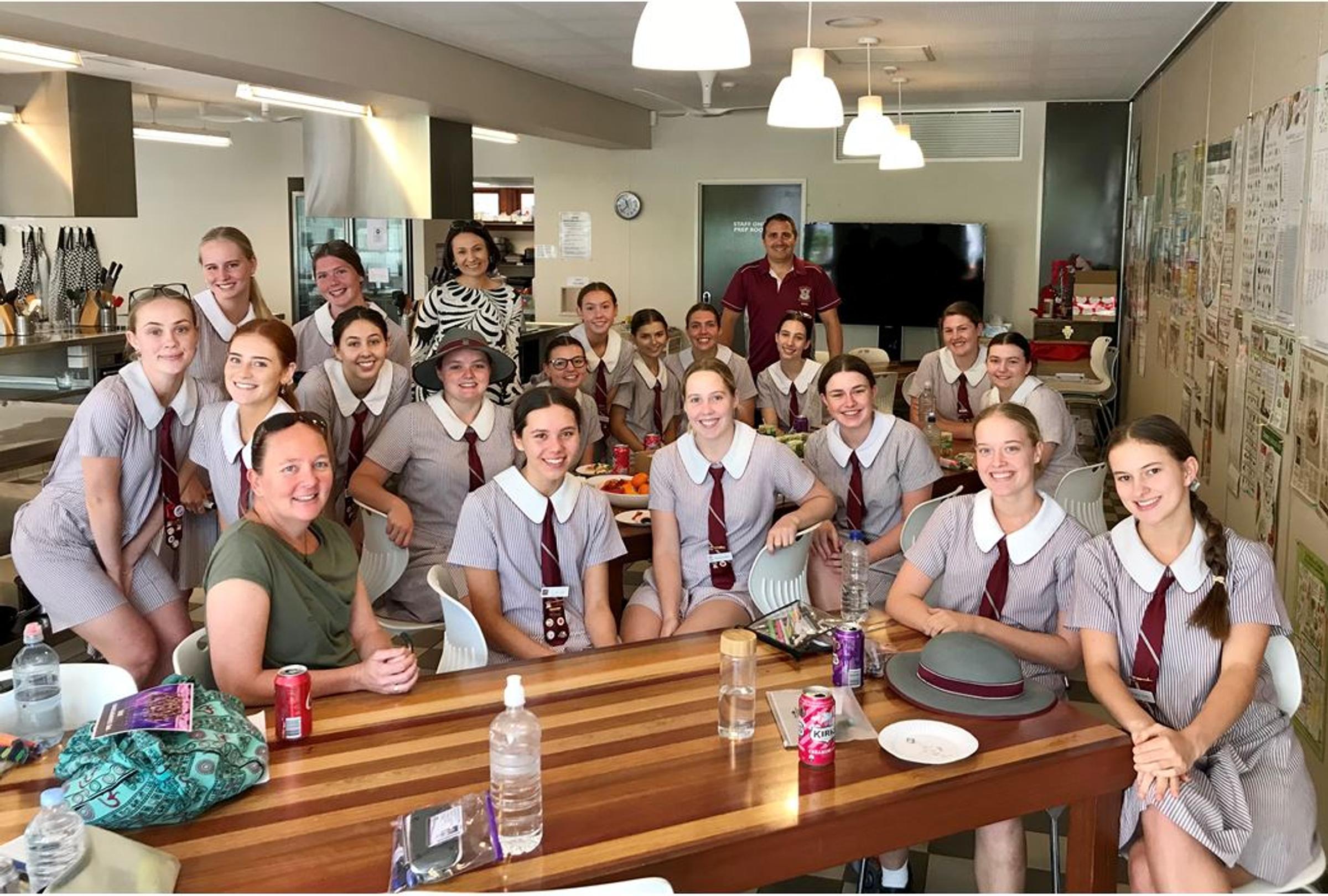
The ancient quote by Roman poet Virgil - "The greatest wealth is health" - is often not quite fully understood, until we experience a period of ill health ourselves. It is often then that we truly understand the value of a comprehensive health education and the importance that good nutrition and physical activity plays in our lives, in preventing health related diseases, and promotion of positive well-being.
In a national study of Australian young people’s perspectives, health ranked as the second most important domain for having a good life (Redmond et al. 2016). In addition to their own health, young people also reported that the health of family members (for example, a parent or grandparent) was important for their wellbeing (Redmond et al. 2016) (AIHW, 2020).
According to recent statistics from the Australian Institute of Health and Welfare (AIHW):,
- 26% of children aged 5-14 and 22% of young people aged 15-24 are overweight or obese;
- 2.5% of children aged 5-14 and 3.3% of people aged 15-24 eat enough fruit and vegetables;
- 35% of young people aged 15-24 drink alcohol at levels that puts them at risk of harm; and
- 14% of young people aged 12-17 years had a mental disorder in the last twelve months.
These statistics and perspectives show that, more than ever, the need for health education is crucial. In an increasingly complex, sedentary, and rapidly changing world it is critical for every young Australian to not only be able to cope with life’s challenges but also to flourish as healthy, safe and active citizens in the 21st century (Australian Curriculum, 2020)
Health at Mount Alvernia
In Health and Physical Education at Mount Alvernia, students learn from the personal social and community health strand of the Australian Curriculum, undertaking topics such as learning to be healthy safe and active, communicating and interacting for health and wellbeing, and contributing to healthy and active communities. In the movement and physical activity strand, they focus on moving their bodies and understanding movement and learning through movement.
Topics in Years 7 to 10 include:
- alcohol and other drugs;
- food and nutrition;
- health benefits of physical activity;
- mental health and wellbeing;
- relationships and sexuality;
- safety;
- challenge and adventure activities;
- games and sports;
- lifelong physical activities; and
- rhythmic and expressive movement activities.
(Australian Curriculum, 2020)
Studying of these topics, along with the learning of practical applications of physical activity and nutritious food preparation, in subjects such as Food Technology/Design & Technology, can have positive and lifelong impacts on not only their lifestyle and well-being, but that of their future lives and families, and hopefully will contribute to reducing these staggering statistics.
Senior School and Beyond
Senior students studying the updated Physical Education syllabus and the new Food and Nutrition course have enjoyed their predominately theoretical-based courses, experienced great success, and have been well prepared for their external exams. Revision strategies such as elaborative interrogation and retrieval practices, such as mind maps and visualisation to name a few, have been incorporated into their lessons. These strategies, combined with the consistent hard work of students and development of 21st century skills such as critical thinking skills, have set them up for a class average of 84% in Food and Nutrition heading into their final exam and Physical Education students with an average of 70%. This positions the students favourably, as they complete their final exam weighted at 25%. Fantastic results for the first group of students through the new system; we wish them every success both for their exams and in the future.
According to the Australia Government 2019 snapshot data, the health care and social assistance industry is the highest employing industry in the country, with 79% of employers being female. The top three employing occupations include registered nurses, aged and disable carers, and child carers. Students studying health-based subjects are well prepared for their future, whether that be for occupational or personal benefits. The development of 21st century thinking skills, such as critical thinking, communication, teamwork and collaboration, and personal and social skills, will have them ready for what lies ahead of them once they leave the school gate. We wish the students every success for their future. Whatever pathway that they choose to follow, they are well armed with valuable skills and knowledge.
Michelle Popplewell
References
https://www.aihw.gov.au/reports-data/population-groups/children-youth/overview
https://www.australiancurriculum.edu.au/f-10-curriculum/health-and-physical-education/
https://docs.employment.gov.au/system/files/doc/other/australianjobs2019snapshot.pdf
